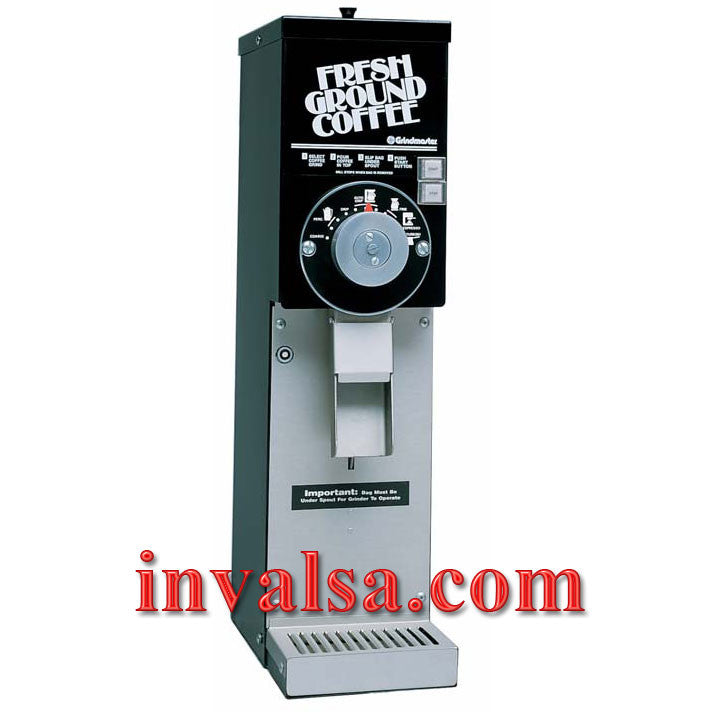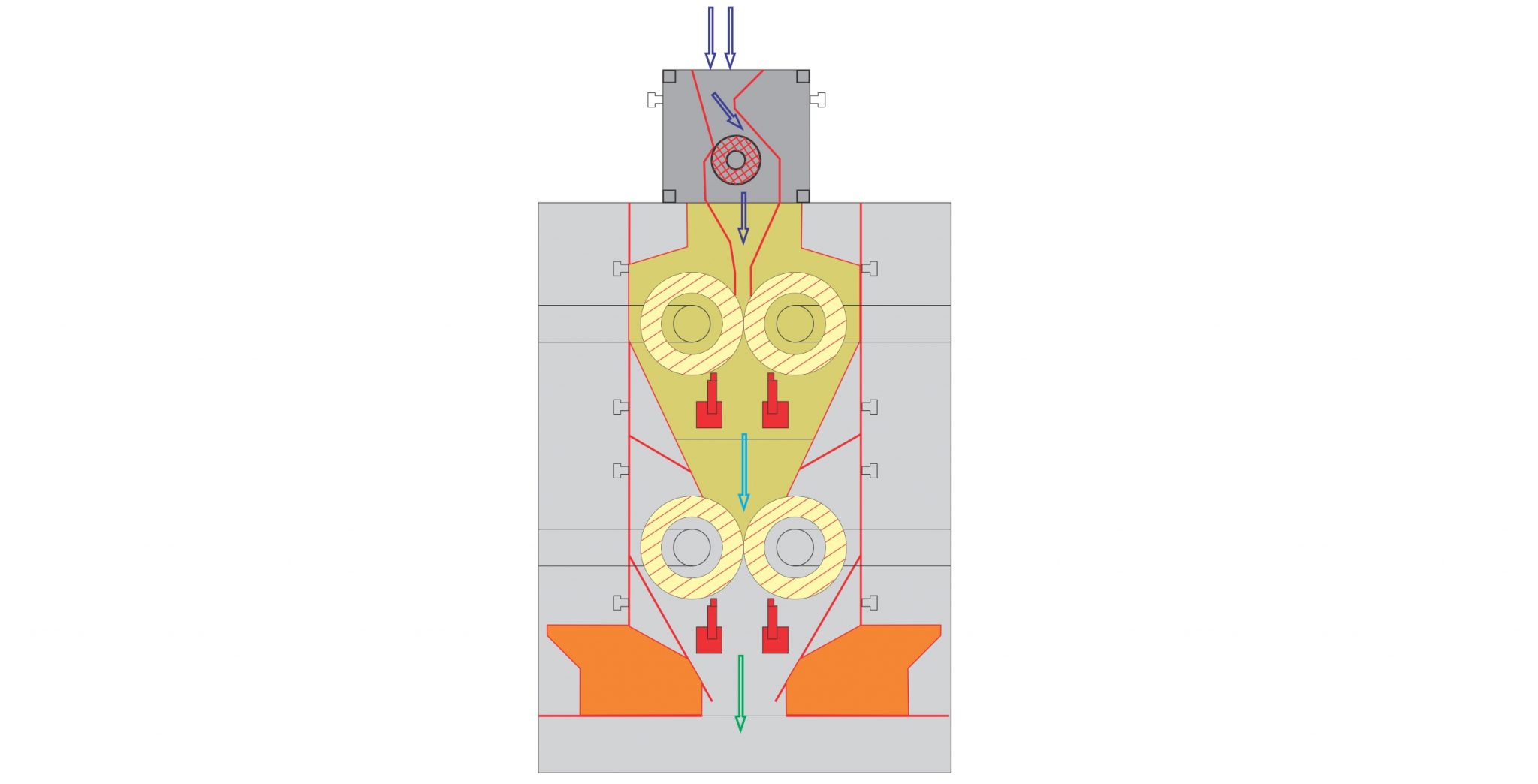Find the Ideal Industrial Coffee Grinder for Business Needs
Find the Ideal Industrial Coffee Grinder for Business Needs
Blog Article
Exactly How to Pick the Perfect Industrial Coffee Mill for Your Service
Choosing the perfect commercial coffee grinder for your company is a multifaceted decision that calls for careful factor to consider of several important elements. Furthermore, recognizing the different types of grinders offered can significantly affect your functional effectiveness.
Assess Your Grinding Needs
When selecting an industrial coffee mill, one should initially analyze their grinding requirements to guarantee optimal efficiency and uniformity. This initial evaluation entails comprehending the volume of coffee to be processed daily, as well as the wanted grind size for various brewing approaches. A high-capacity mill might be needed for organizations serving huge amounts of coffee, while smaller sized operations might locate an extra portable model enough.
Furthermore, it is important to consider the kinds of coffee beans being used, as different beans may call for specific grinding techniques to attain the very best taste account. As an example, oily beans could necessitate a grinder created to deal with such attributes without clumping or overheating.
Specialty coffee companies often demand accurate work dimensions to enhance removal and flavor, making it crucial to select a grinder that can provide consistent outcomes. Examining the offered room and electrical requirements will aid in selecting a grinder that fits perfectly into your operational process.
Understand Grinder Kind
Understanding the different kinds of industrial coffee grinders is vital for making a notified option that fulfills specific functional needs. There are primarily two categories of grinders: blade grinders and burr grinders.
Blade mills utilize spinning blades to cut the coffee beans, leading to an irregular work dimension - Industrial Coffee Grinder. While they might be a lot more inexpensive, they are usually not suitable for industrial applications where precision is essential
On the various other hand, burr grinders provide a more uniform work by squashing the beans between 2 surfaces. They can be further classified into level burr and cone-shaped burr mills. Flat burr mills provide a consistent work size and are generally preferred for espresso prep work, while conical burr grinders are functional and can take care of a variety of mixture approaches, from espresso to French press.
When choosing a grinder, consider the details needs of your business, consisting of preferred grind consistency, production volume, and the types of coffee drinks you plan to offer - Industrial Coffee Grinder. Each grinder type has its advantages and restrictions, so comprehending these subtleties allows notified decision-making that straightens with functional objectives
Evaluate Work Size Consistency
Achieving work size uniformity is vital for generating top notch coffee, as variations in fragment dimension can dramatically affect removal and taste. When selecting an industrial coffee mill, it is essential to examine how well the machine keeps harmony in work size across various batches. Irregular grind dimensions can result in uneven extraction, causing a cup that may taste overly bitter or weak.
To analyze work dimension consistency, think about mills with functions such as flexible grind setups and premium burrs. Burr grinders, specifically, excel in generating consistent particle dimensions compared to blade mills. The material and shape of the burrs play an essential duty, with stainless steel and ceramic alternatives offering durability and precision.

Take Into Consideration Production Capability
In the fast-paced world of coffee manufacturing, thinking about manufacturing capacity is extremely important for businesses intending to meet need without giving up top quality. The production capacity of a commercial coffee grinder straight affects a business's capacity to meet orders successfully, take care of stock, and reply to varying market trends.
When evaluating manufacturing capability, it is important to examine the grinder's output price, commonly gauged in extra pounds per hour. This measurement should straighten with your service's projected sales quantity and development targets. As an example, a coffee shop with a high turn over may call for a mill that can refine several hundred pounds daily, while a smaller sized operation may suffice with a reduced capacity version.
Additionally, consider the kind of coffee being processed. Different beans and blends might impact grinding rate and efficiency, requiring a grinder with the ability of taking care of diverse production demands. It's likewise worth factoring in the grinder's capacity to maintain regular high quality under high outcome conditions, as any type of variations can influence the end product.
Inevitably, picking a mill that matches your business's production capacity will ensure you stay affordable and responsive to consumer assumptions.

Budget and Maintenance Factors
When evaluating the ideal industrial coffee upkeep, budget plan and grinder factors play a substantial duty in the overall decision-making process. A preliminary financial investment in a high-quality mill can generate long-lasting advantages, yet it's vital to establish a clear budget plan that lines up click here to read with your organization's operational needs. Consider both the acquisition price and possible operational prices, such as power usage and substitute parts.
Maintenance is one more crucial facet that can affect your spending plan. Industrial coffee grinders call for regular upkeep to ensure optimal efficiency and useful reference long life. Examine the supplier's recommendations for maintenance, including cleansing routines and parts replacement, as these will certainly impact long-lasting operational costs. Furthermore, consider the accessibility of solution and support, as trusted support can alleviate downtime and repair expenditures.

Purchasing a grinder that is long lasting yet simple to preserve can save money over time. While lower-priced choices may be tempting, they may sustain greater maintenance expenses and reduced efficiency. Ultimately, stabilizing first prices with lasting upkeep and operational performance will assist you to the very best choice for your business's coffee grinding needs.
Conclusion
Choosing the excellent commercial coffee grinder demands a comprehensive analysis of grinding demands, grinder types, grind size uniformity, production ability, and budgetary factors to consider. By prioritizing these factors, businesses can make certain the purchase of a trustworthy, effective mill that fulfills certain operational demands. A well-chosen mill not just boosts the quality of the coffee created however also adds to the overall success and profitability of the enterprise. Long-lasting efficiency and maintenance ease should continue to be main to the decision-making procedure.
Specialty coffee companies usually demand exact work sizes to boost removal and flavor, making it essential to choose a grinder that can provide uniform outcomes. Apartment burr mills offer a consistent work dimension and are generally preferred for espresso preparation, while cone-shaped burr mills are flexible and can handle an array of brew methods, click here for info from coffee to French press.
When choosing a commercial coffee mill, it is essential to assess how well the device preserves uniformity in work dimension throughout different batches. Burr mills, in certain, excel in generating uniform particle sizes contrasted to blade grinders.Picking the suitable industrial coffee grinder requires a comprehensive assessment of grinding requirements, mill kinds, grind size consistency, manufacturing capability, and budgetary considerations.
Report this page